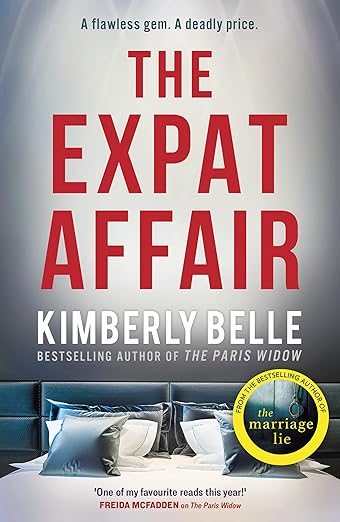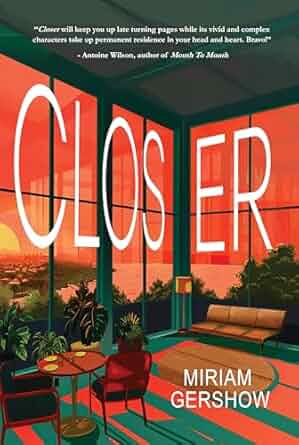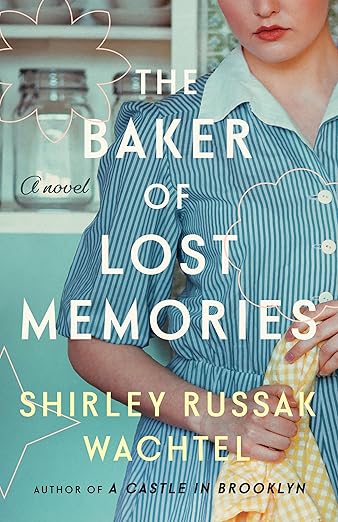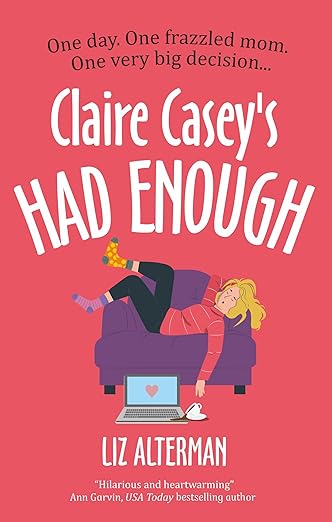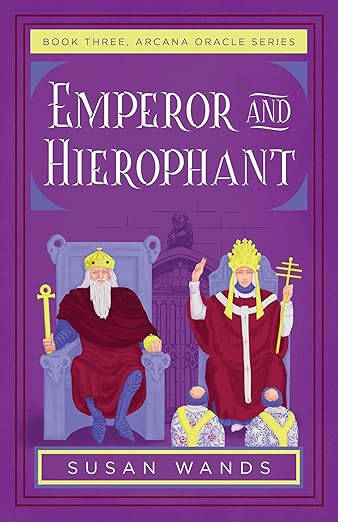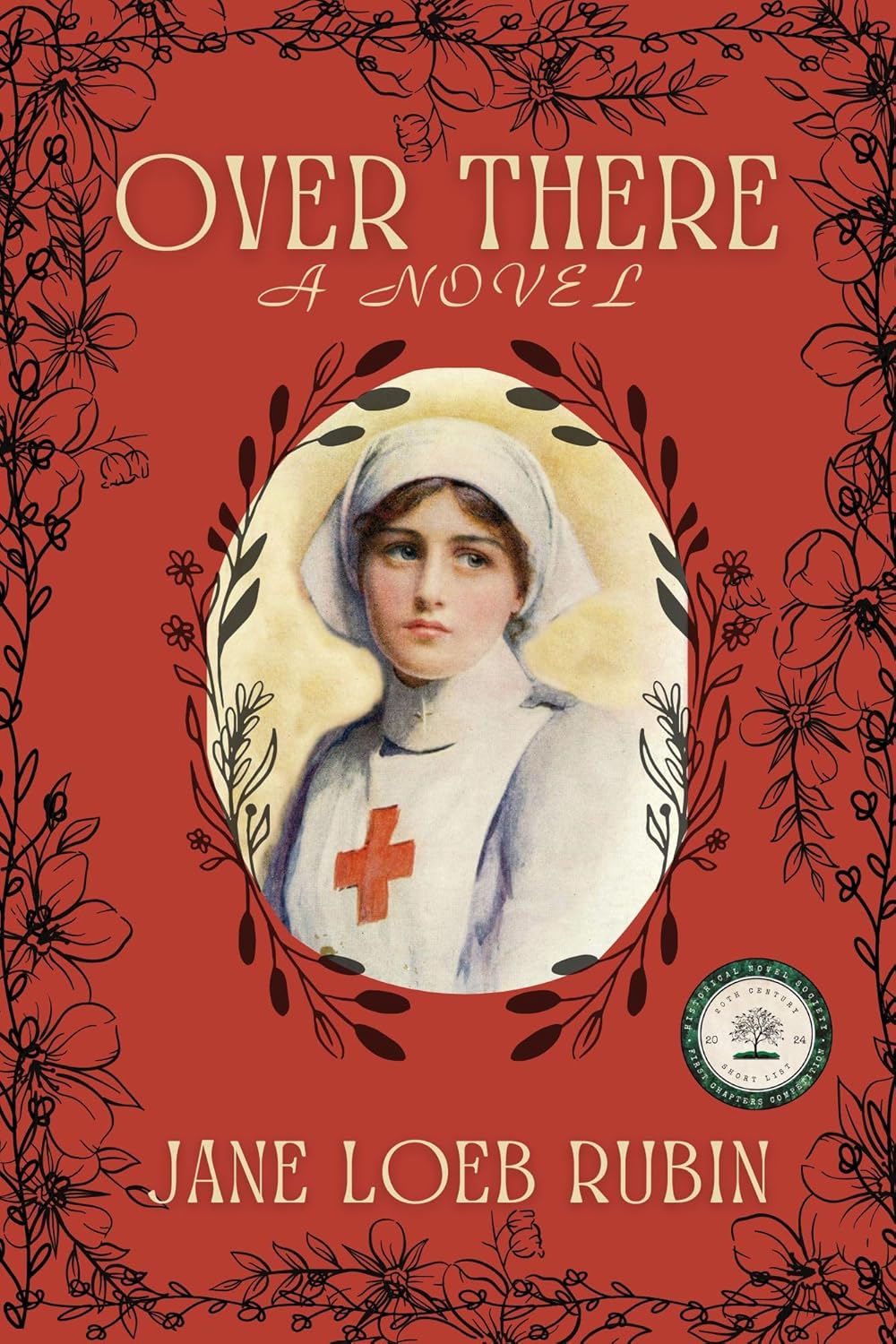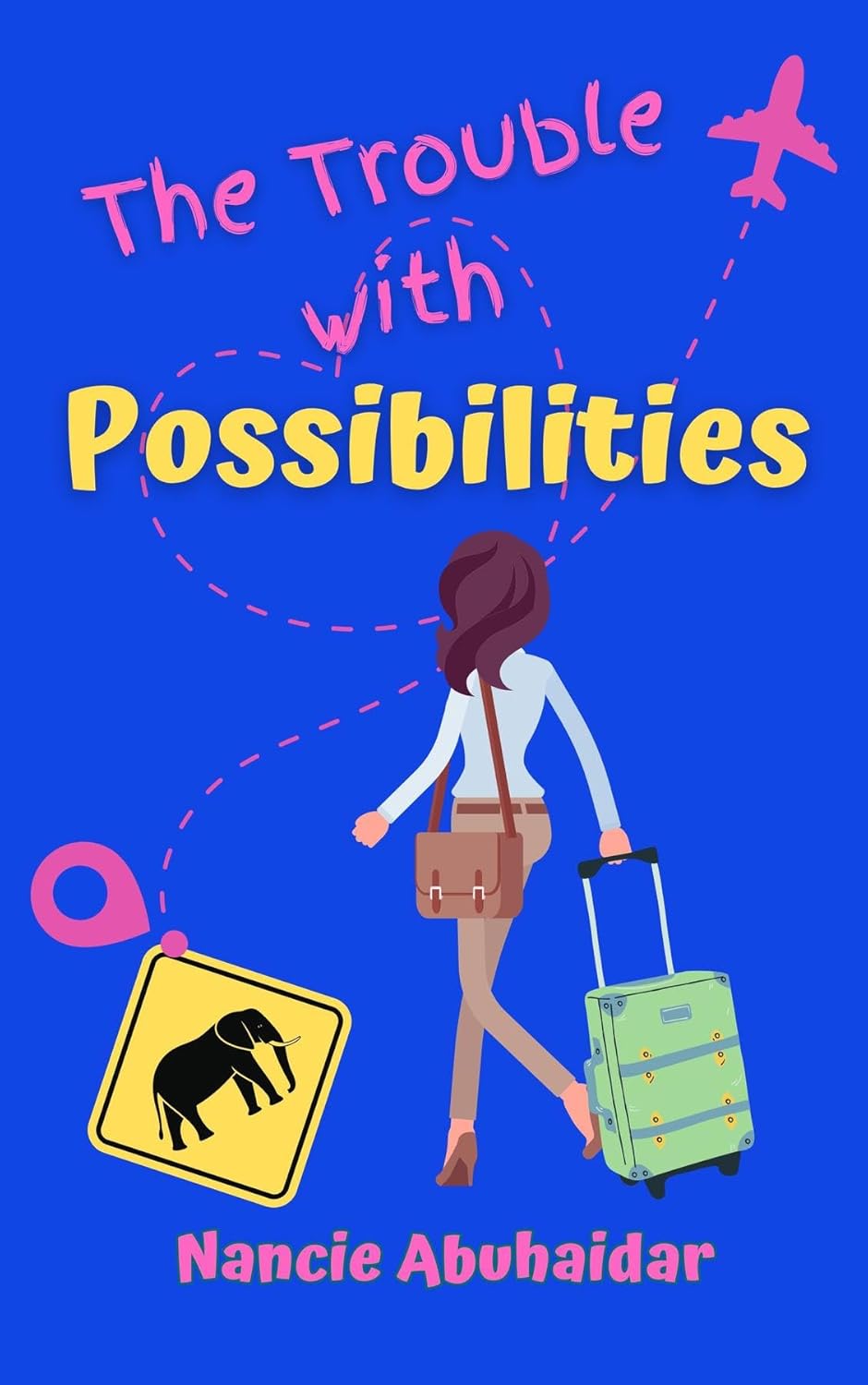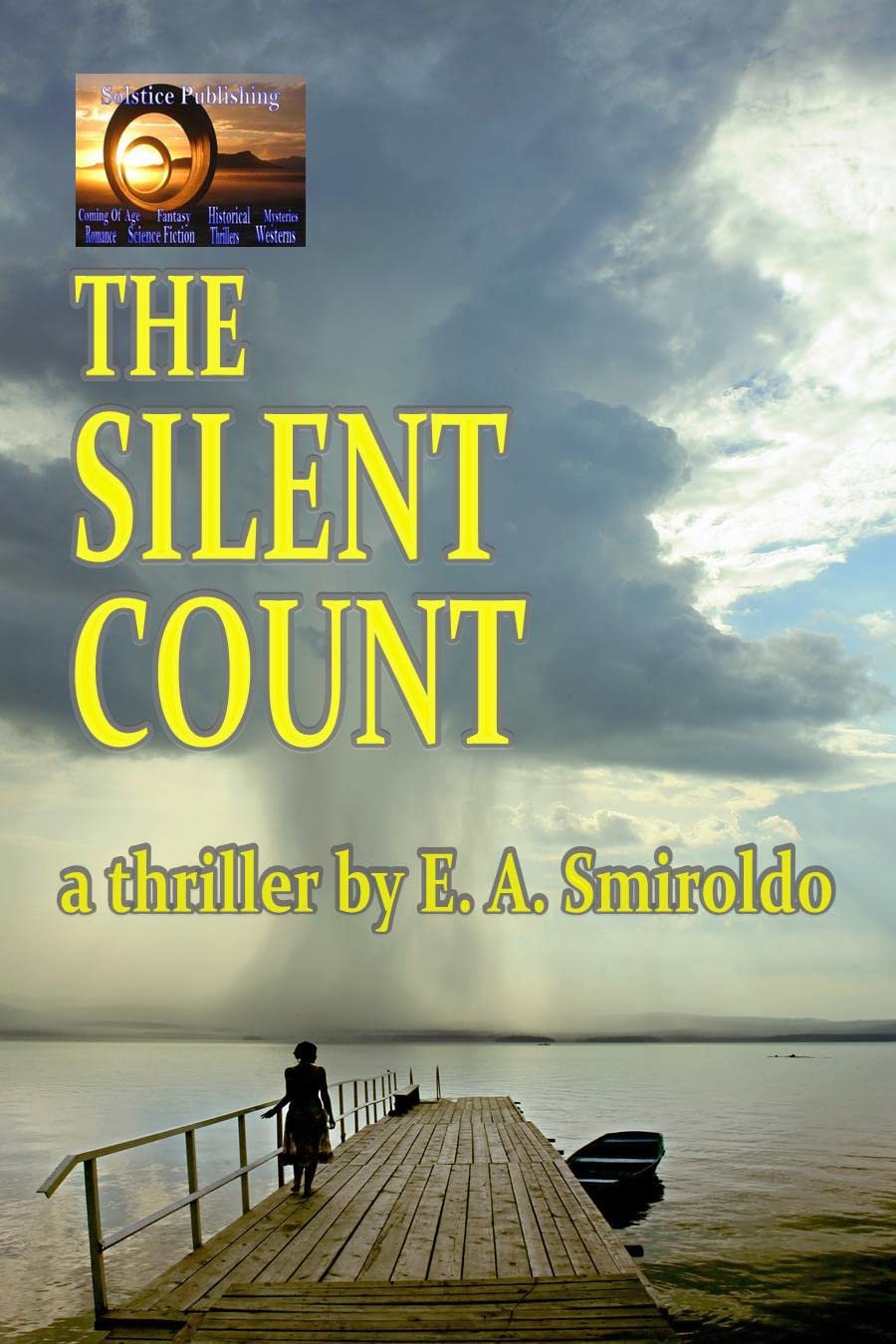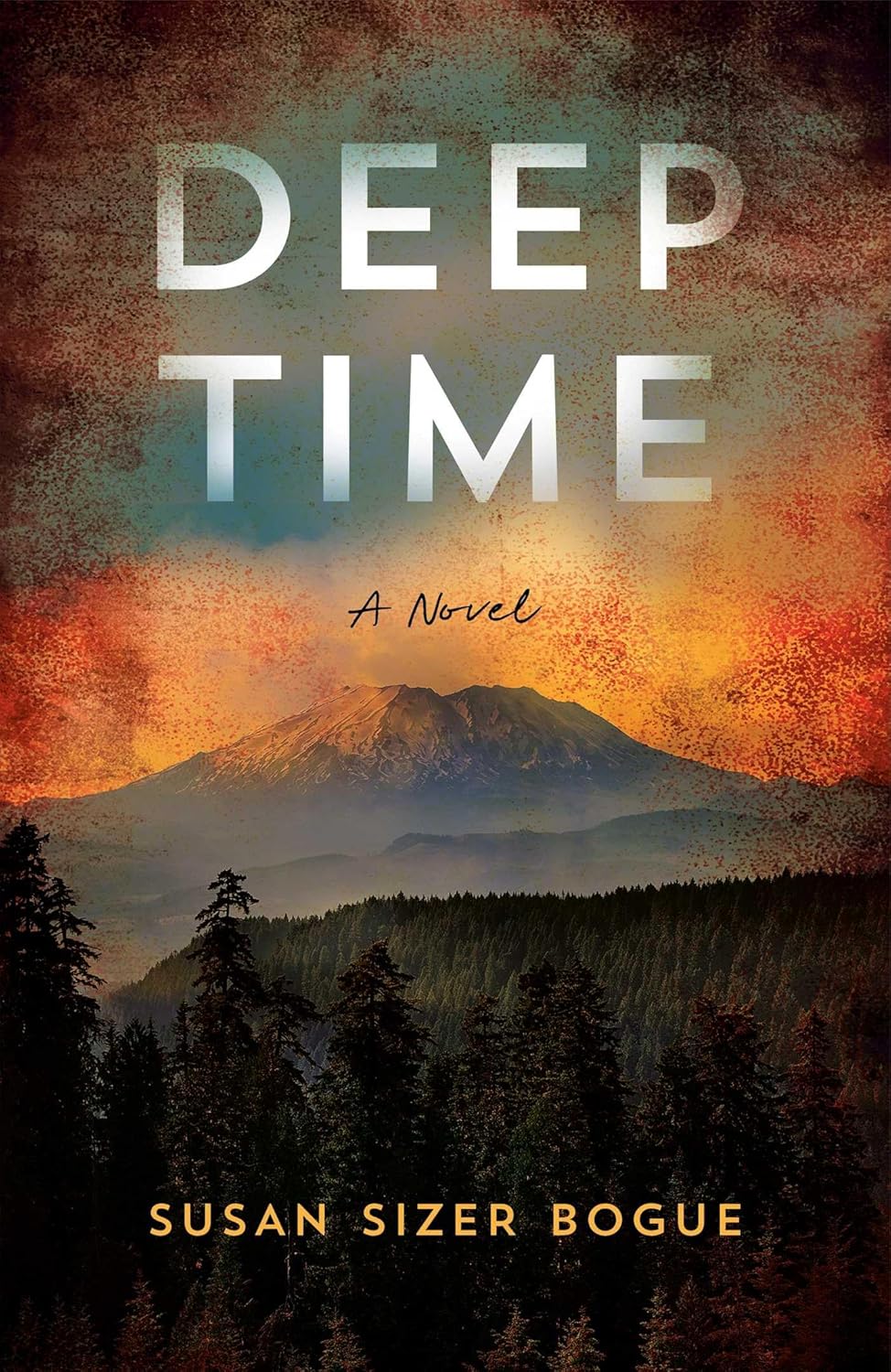On writing Problem Solvers: 15 Innovative Women Engineers and Coders
Though I’ve written over thirty fiction titles, Problem Solvers: 15 Innovative Women Engineers and Coders (Chicago Review Press, September 2022) is my first non-fiction book. What a crazy and fun journey writing this book has been! From being a female engineer myself (as a chip designer at Motorola and Intel) to now authoring a book featuring female engineers and coders was never something I could have imaged. Also, something I could have never imagined was the incredible stories these women shared with me.
Over the course of about six months, I had the incredible pleasure of interviewing these fifteen amazing females. It was exhilarating, fast-paced, stressful, and eye-opening, all at the same time.
Being on this side of the interview table was an entirely new experience for me. Sure, when I was an engineer, I would interview potential job candidates. They’d be nervous. I’d ask my hard technical questions and see how well they did. But that’s not the same as a media interview.
In my job as an author, I’ve been interviewed many times. I never really gave it much thought as to what would be involved on the opposite side of the table. To say it was different was an understatement. Now that I’ve had that experience, I’d love to share a bit with you!
THE LIST
I’m an organized person, so I figured interviewing would be as simple as coming up with a list of females I’d love to feature, setting up the interviews, and then marking them off the list. No problem at all. But there were obstacles to overcome from the start. First, it turns out that not everyone has their email listed online. Digging through trying to find contact information can be challenging. For some of the women, I could find no emails. For some women, I found five emails! Some mentioned on their websites that they prefer to be contacted through a media person. Some needed to be contacted through the companies that they worked for. In short, for each of the fifteen women featured, the process to gather contact information varied. But I got the emails. I had contact information! Now, let’s assume we’ve crossed that hurdle and moved on to the next obstacle.
FIRST CONTACT
I sent emails. Some responded right away. Some didn’t respond at all. Sometimes people were busy. I sent follow-up emails. Responses came! The interviews were going to happen. We can thank the pandemic here a bit for making video communications so much more of a standard thing. Sure, there was Skype before, but now nearly everyone was using Zoom. I set up interview appointments with each of the fifteen women. Then I crossed my fingers.
Please let there be no power outages. No internet hiccups (Zoom loves to freeze up for a minute at a time and give the message “Your Internet Connection is Unstable”). No dogs barking in the background. No Amazon packages being delivered. Thankfully, when working with fifteen engineers and coders, technical issues were not a problem. Also, I wasn’t the only one with barking dogs at home.
THE QUESTIONS
For each interview, I had a list of questions. I was prepared. What I wasn’t prepared for was the golden nugget hidden inside. The first interview I conducted was with Danielle Merfeld, VP & Chief Technology Officer of GE Renewable Energy. I asked her my questions. She gave me answers. But so much more came out of it than that. There was a message inside: how one small action can change the path of your future. My next interview was with Gabriela A. González, Chair of the NSF STEM Education Advisory Panel. As she was telling me her story, I couldn’t help but cry. But the end of the interview, we were both in tears. The obstacles she’d overcome to get to where she was today were astounding.
The next thirteen interviews were exactly the same. Each interview lasted about an hour. A couple went way longer. A handful were shorter. I got so much more out of each one than I ever would have dreamed possible. And with the interviews now complete, I was ready to write the book.
THE WRITING
I had these visions of listening to each interview again and taking notes. I’d recorded everything on Zoom after all. But after one interview, I realized what a tedious process this was going to be. So instead, a friend recommended a software tool called otter.ai. With otter, I could import my audio file, and it would transcribe the interviews for me. Sure, it got a word wrong here or there, but for the most part, it was perfect! From these transcribed interviews, I now wrote my book!
THE FACT CHECKING
But wait. That’s not the end of the process. When writing non-fiction, it’s important to make sure nothing is misrepresented. I wanted to make sure I hadn’t gotten a detail wrong or used a word choice that might cast someone or something in the wrong light. I emailed each chapter out to the interviewee for review.
In some cases, the women got down to the copyediting level for the chapters. In other cases, they fact-checked and made sure I represented not only them correctly, but also the projects they were working on. In a few of the cases, the chapters had to be run by the Human Resources department for the company where they worked. We all wanted to make sure the information provided in the book was not only interesting, but also factual. And for some of the companies, it was important that no security levels were breached.
THE FINAL PRODUCT
I received the final chapter at midnight the night before the manuscript was due to my editor. I got in the changes and sent it. It had finally all come together. Now it was a book.
—
J. Hoover holds undergraduate degrees in both computer engineering and history, and a master’s degree in electrical engineering. She worked for 15 years as an engineer, designing computer chips for Motorola and Intel. She is now the author of over 30 books for kids, teens, and adults. In addition to her own books, Hoover actively writes social studies and science curriculum articles for various educational publishers. She lives in San Francisco, California. More information is available on her website:pjhoover.com.
Twitter: pj_hoover
Instagram: pj_hoover
Facebook: https://www.facebook.com/AuthorPJHoover
Website: http://pjhoover.com/
Problem Solvers: 15 Innovative Women Engineers and Coders (7) (Women of Power)
BUY HERE
Category: On Writing

 When engineers are faced with an impossible problem, they don’t quit. They look for solutions.
When engineers are faced with an impossible problem, they don’t quit. They look for solutions.


